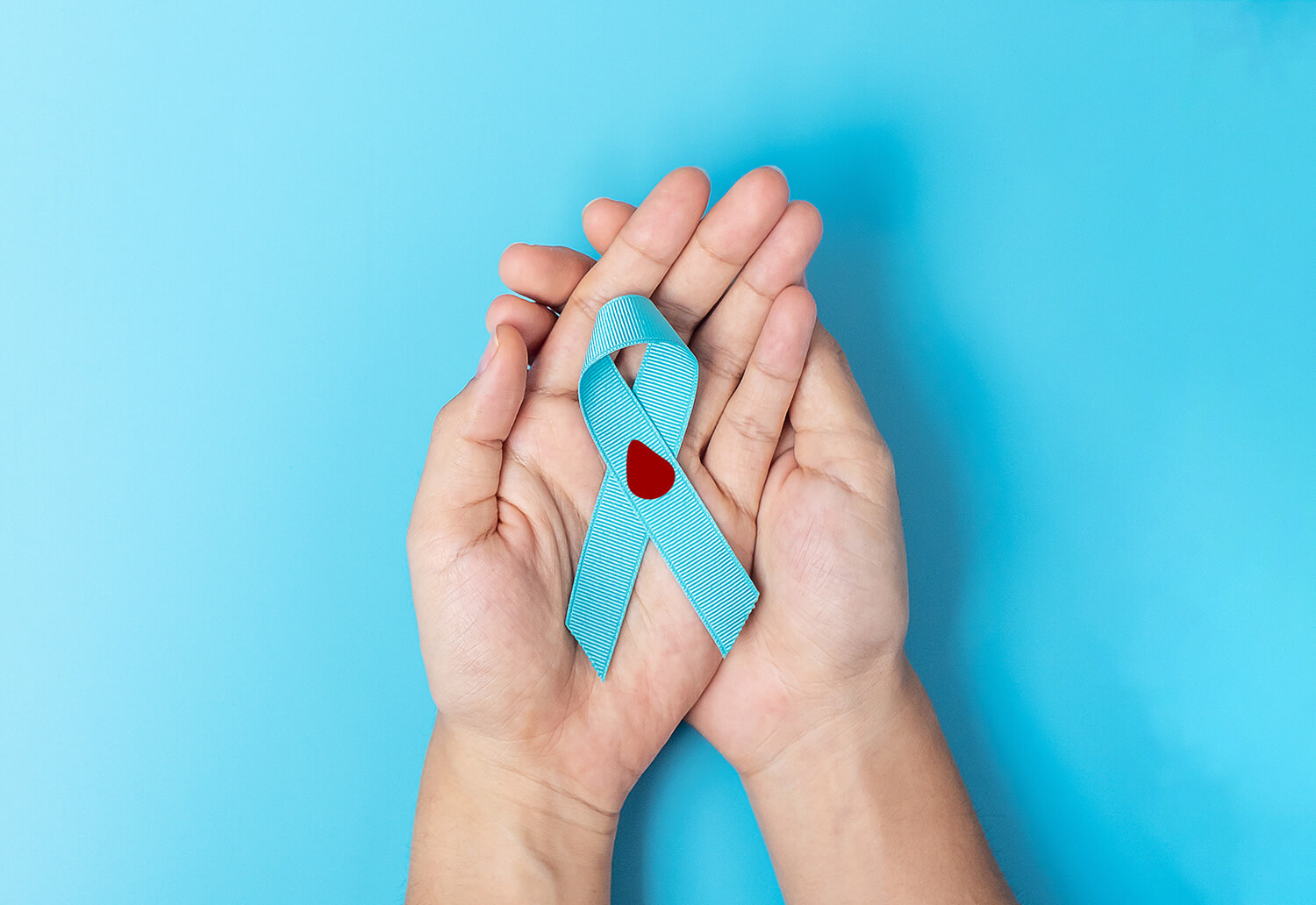The first case of diabetes was documented by the Ancient Greeks over 2000 years ago, yet diabetes is still a disease that many know little or nothing about. November is National Diabetes Awareness Month and November 14 is International Diabetes Day.
Treatment & Risks of Diabetes
The treatment of diabetes has come a very long way and is advancing daily, but the disease continues to challenge researchers, medical professionals, and patients in many ways. What triggers the onset of T1D and T2D is still unclear. Despite all the advancements in dealing with diabetes, complications from diabetes continue to drive the disease to be the seventh leading cause of death in the US (2019) and make those with diabetes 30 times more likely to need an amputation than those without diabetes (2021); complications make diabetes the fifth leading cause of blindness.
Types of Diabetes
There are two main types of diabetes, diabetes insipidus is very rare and diabetes mellitus is common. Although diabetes is in both names, because both conditions cause excessive urination, the cause of excessive urine is different.
Diabetes Insipidus
Cranial diabetes insipidus occurs when the pituitary gland does not produce enough of the hormone vasopressin (an anti-diuretic hormone). Nephrogenic diabetes insipidus occurs when the kidney does not accept or use vasopressin properly. In both cases, excessive urination occurs that has nothing to do with blood sugar levels.
Diabetes Mellitus
Untreated diabetes mellitus involves excessive urination due to a lack of a hormone produced by the pancreas, insulin, which allows all our cells to use sugar as energy. If insulin doesn’t exist in sufficient amounts, blood sugar levels rise to dangerous levels and excess sugar is expelled from the body in urine. Because there is so much excess sugar in the blood, urination becomes excessive. Left untreated, diabetes mellitus will lead to death.
Thanks to public health campaigns, almost everyone has heard the term diabetes and most know there are three main types of diabetes (Type 1, Type 2, and gestational) – but many don’t know the differences between them.
Gestational Diabetes & Type 2 Diabetes
Gestational diabetes occurs only in women who are pregnant, and although it may predict a possibility of developing Type 2 diabetes (T2D) later in life, that depends more on lifestyle than anything else. T2D is the only type of diabetes that can be prevented or reversed. Things that determine one’s propensity to develop T2D include obesity, inactivity, genetics (those with a family history of T2D are more likely to develop it), ethnicity, and environmental factors.
Those who know they may develop T2D can exercise and watch their diet (contrary to popular opinion, eating sugar does NOT cause diabetes, obesity does) to try to avoid developing T2D.
T2D develops when one’s body either doesn’t produce enough insulin or develops a resistance to the insulin it does produce. In many cases, changes in one’s diet and activity can stop or reverse the development of T2D.
Type 1 Diabetes
Type 1 Diabetes (T1D) occurs when one’s immune system destroys the cells in the pancreas that produce insulin, so the insulin production stops completely. In this case, there is no way to reverse the damage, and only taking insulin by injection or infusion throughout the day can allow life to continue. Once T1D exists, diet and exercise play a vital role in blood sugar control but cannot cure the disease.
It is important to note that those with T2D do not progress to T1D. T2Ds may take insulin to treat their condition but will not become a T1D because their immune system has not (and will not) destroy their insulin-producing pancreatic cells. They will continue to produce insulin while those with T1D do not and never will again.
Risks of Diabetes
Those living with all types of diabetes mellitus face the prospect of complications and death daily and diabetic patients suffering extremely low and high blood sugars are admitted to hospital emergency rooms daily.
In this month of Diabetes Awareness, please consider donating to organizations that support those with diabetes and provide funding for research and treatment to improve the lives of those with diabetes mellitus and to cure the disease, such as the JDRF and Diabetes Canada.






0 Comments